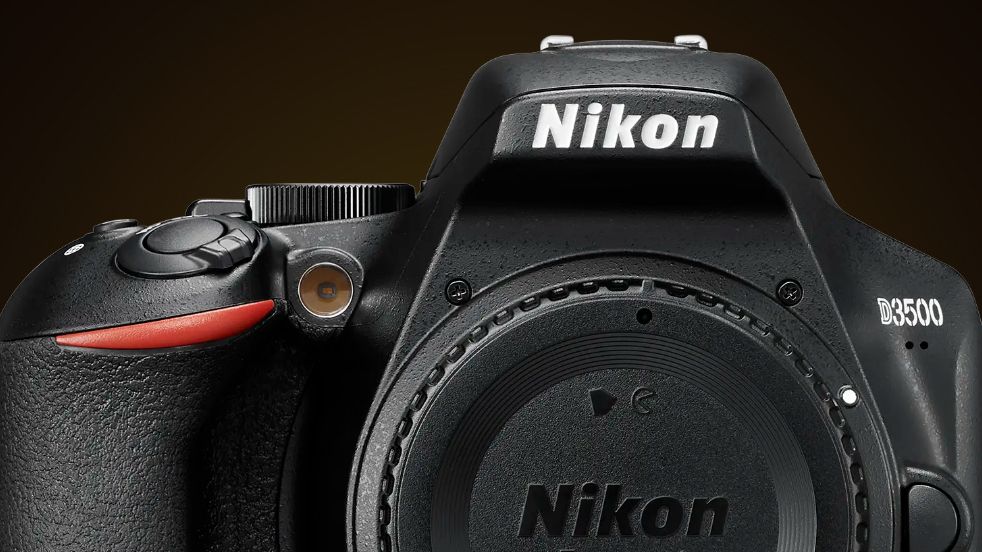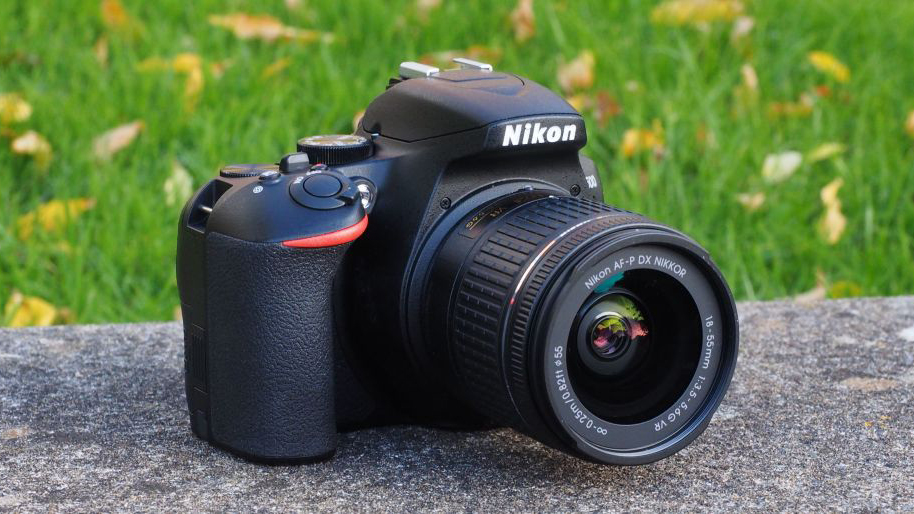
Yes, the Nikon D3500 is seven years old. Yes, it's discontinued. But this camera is still a gem. It defies the usual rules about aging tech and remains one of the most-recommended DSLRs for beginners. And not just beginners – anyone curious, creative, or working on a budget will find this camera rewarding.
What makes the Nikon D3500 it so special? For one, it's Nikon's last true beginner camera before its switch to the mirrorless Z-mount system. And when it launched, it was praised as the lightest DSLR featuring an APS-C sensor, yet you get the classic DSLR feel.
The Nikon D3500 body weighs 365g, which is only 15g more than Nikon's mirrorless Z30. The D3500 is still widely available used through trusted sides like Wex, MPB or B&H – often around or even under $350 / £300 / AU$450.
It features a 24MP sensor (the same resolution as higher-end models), and it skips the optical low-pass filter, meaning your images come out surprisingly sharp for a "starter" DSLR camera, especially when paired with a decent lens.
The Nikon D3500's battery life is legendary, too, rated for up to 1,550 shots per charge. For comparison, something like the Sony A7 III only gets you around 710 shots using the LCD or 610 using the EVF. And the Canon EOS R6 is capable of creating around 510 via LCD and 360 via EVF per charge… but the D3500 just keeps going.
Of course, it's not perfect. And at this age and price point, we expect some downsides. Autofocus is limited – 11 AF points, no face or eye detection in live view – and there's no 4K video. However, the Nikon D3500's Full HD 60p video is crisp enough to give you a solid start to get into vlogging and videography.

Also, there's no touchscreen. That's rare for post-2017 cameras, but it has a generously sized 3.2-inch LCD. Unlike newer models, it also has no articulated (flip-out or tilt) screen.
The optical viewfinder doesn't show you exposure previews, which might sound like a downside – but that's what makes the Nikon D3500 such a great learning tool. You're actually learning how to shoot manually.
And Nikon really leaned into that educational angle with its Guide Mode, swapping out intimidating jargon like "shutter priority" for plain-language instructions and helpful visual examples. It's like having a mini tutor built into your camera.
Being an F-mount DSLR, the Nikon D3500 gives you access to decades' worth of Nikon lenses. Some older models may lack an internal autofocus motor, but the ecosystem is massive. And finally, even though it's super lightweight, it still handles like a real DSLR.
The grip is deep and secure, and makes a big difference when you're shooting with bigger lenses or just want that classic, intuitive DSLR feel.
So if you're looking for that classic form factor, a user-friendly way into photography, a capable sensor and that satisfying slap of a mirror, the Nikon D3500 still holds its own all these years later.
You might like...
Browse the best DSLR cameras along with the best Nikon lenses for DSLRs.







